7 Brands the Middle Class Won’t Be Able To Afford in 10 Years
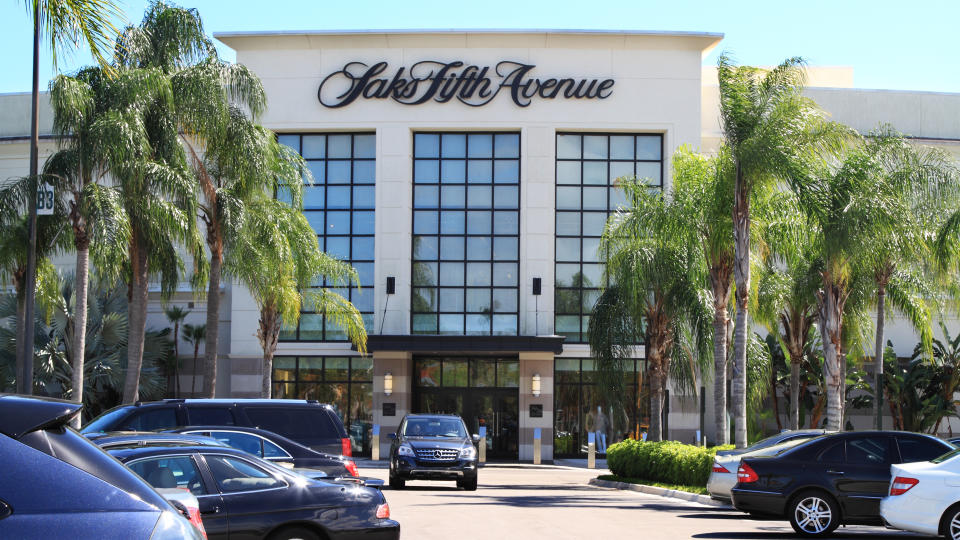
According to the Pew Research Center, the “middle class” is anyone whose annual household income is two-thirds to double the national median income. Given that the median income is $70,784 (at last census), this means that anyone earning between $47,189 and $141,568 is technically considered “middle class” — not accounting for things like household size and location.
Check Out: A $150K Income Is ‘Lower Middle Class’ In These High-Cost Cities
Learn More: 6 Genius Things All Wealthy People Do With Their Money
While this is a massive range, there are certain name brands that people in the middle class won’t be able to afford in a decade — generally speaking, of course. Here are some of the big ones.
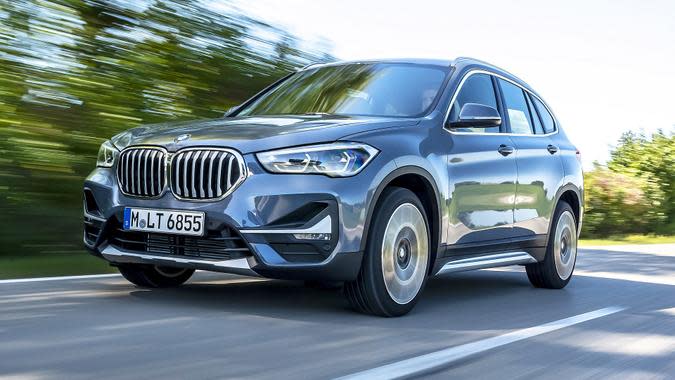
Mercedes-Benz and BMW
The average cost of a new car is $40,184, according to Experian. While this might seem reasonable for upper-middle class earners, many automobile manufacturers are quickly becoming unaffordable.
“It’s becoming increasingly challenging for middle-class families to keep up with the soaring prices of certain brands,” said Joseph Camberato, an economics and financial expert and the CEO at National Business Capital.
“Luxury car manufacturers like Mercedes-Benz and BMW, once within reach, have seen their monthly payments skyrocket by 30% to 50% in recent years,” he continued. “This surge, driven by factors like interest rates and overall vehicle costs, pushed many models into the six-figure price range, a territory previously reserved for exclusive marques like Ferrari or Porsche.”
Bethany Hickey, personal finance expert at Finder.com, added, “The rising cost of new vehicles has been outpacing wages for years now. I’ve seen the average loan amount and term consistently rise — people are taking out 70-month terms just to afford the monthly payment for a new car. … Regardless of the cause, the middle class is slowly being priced out of the new car market.”
Discover More: 6 Industries That Won’t Exist by 2040
Read Next: How Much to Be Poor, Middle-Class, or Rich in Florida
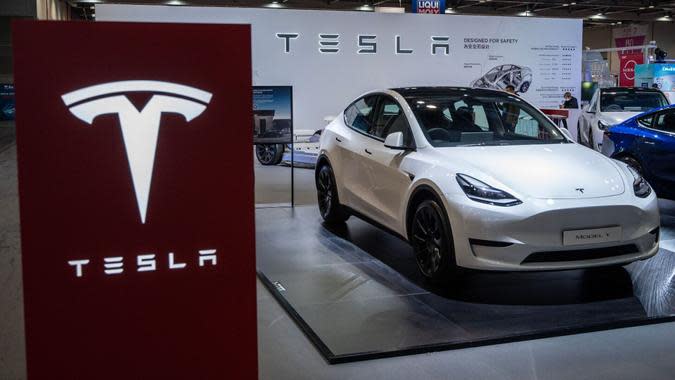
Tesla
The typical cost of a new Tesla car is between $40,000 and $95,000, not accounting for fees or upgrades. Already, this is more expensive than what most middle-class households can afford.
There are certain tax incentives to getting an electric vehicle, which could help offset prices. But if the cost of vehicles continues to rise as it has been, middle-income earners might soon be priced out of the market for these.
Be Aware: 7 Ways the Upper Middle Class Can Become Rich in 2024
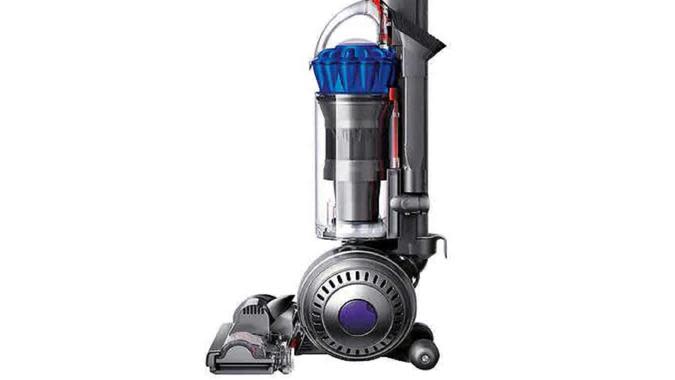
Dyson
Dyson has long been a household name when it comes to things like vacuum cleaners, air purifiers and humidifiers, hairstyling tools and more. But even this brand has been impacted by price hikes over time.
Currently, you can get a Dyson vacuum cleaner for around $350 to $1,100. Considering you can get other brands for far cheaper, many people can’t justify the price tag even now. In 10 years, it might be outright unaffordable for the middle class.
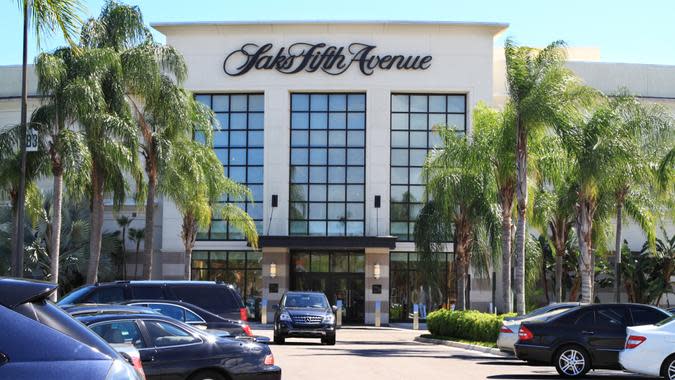
Saks Fifth Avenue
Luxury and designer clothing brands, like Saks Fifth Avenue, have always been expensive. But with the cost of everyday goods continuing to rise, these brands are becoming less affordable for many middle-class households.
“The world of high-end fashion from retailers like Saks Fifth Avenue and Bloomingdale’s is drifting further away from affordability,” Camberato said. “Eye-watering price tags on everyday items like sneakers and T-shirts, ranging from $700 to $1,000 and $200 to $500, show the widening gap between luxury and accessibility.”
Find Out: 7 Popular Clothing Brands the Middle Class Can’t Afford Anymore
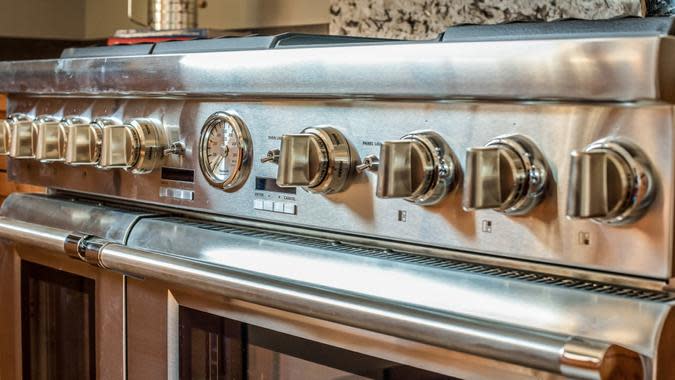
Thermador
Thermador is another luxury brand that specializes in kitchen appliances such as refrigerators, ranges, dishwashers and ovens. These appliances are already expensive — and continue to increase in price.
Like many other luxury brands, Thermador’s price increases don’t align well with the current wage growth rate of the average consumer, said Larry Zhong, personal finance expert and founder of YieldAlley, a fintech app.
“Eyeing a Thermador range for a kitchen remodel, I was startled by the price tag,” he said, “significantly higher than when I first started saving for the project two years ago — $4,500 to $6,000 today.”
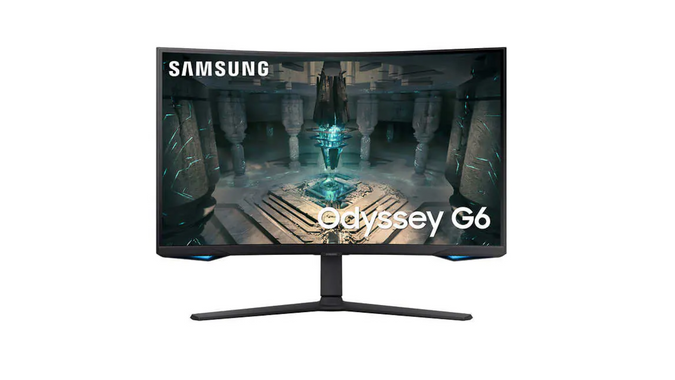
Samsung and Apple
“Brands like Apple [and] Samsung, renowned for their quality and innovation, are positioned at higher price points,” said Jonathan Rodgers, chief financial advisor at Best Daily.
Right now, a new iPhone 15 Pro costs $999 or more. A Macbook Pro can easily cost between $2,400 and $3,400.
Samsung isn’t much better. One of the latest Samsung phones is priced at $859.99.
In the next decade, costs are expected to continue to rise.
“The ever-growing demand for the latest technology, coupled with the continuous refinement of product offerings, may render these electronics increasingly unaffordable for the middle class,” Rodgers said.
This is especially likely as wages don’t keep pace with rising costs.

High-End or Luxury Clubs
Certain clubs may soon be out of the reach for middle-class families — if they’re not already. This includes luxury options such as The Yellowstone Club and The Union Club.
“The costs associated with exclusive establishments like golf and country clubs are also on the rise, making membership unattainable for many in the middle class,” Camberato said. “Initiation fees, now ranging from $10,000 to a staggering … $100,000, coupled with hefty annual dues, are major financial barriers.”
Camberato pointed out a few reasons that high-end or luxury clubs have risen in cost.
“The sharp increase in prices can be traced back to supply and demand,” he said. “Between 2012 and 2022, the number of millionaires globally doubled, creating a surge in demand for luxury goods. Brands, caught off guard by this unprecedented demand, struggled to keep pace with supply, which in turn prompted gradual price hikes.”
More From GOBankingRates
Average Cost of Groceries Per Month: How Much Should You Be Spending?
7 Things to Do With Your Savings in 2024 to Grow Your Wealth
4 Reasons You Should Be Getting Your Paycheck Early, According to An Expert
This article originally appeared on GOBankingRates.com: 7 Brands the Middle Class Won’t Be Able To Afford in 10 Years
